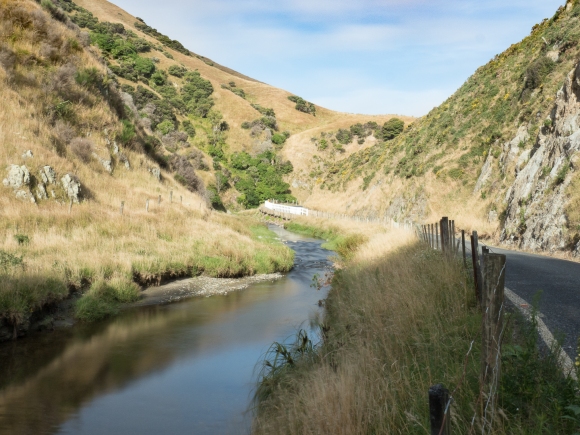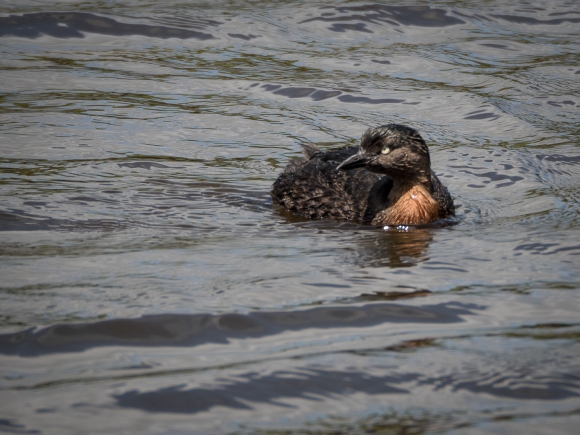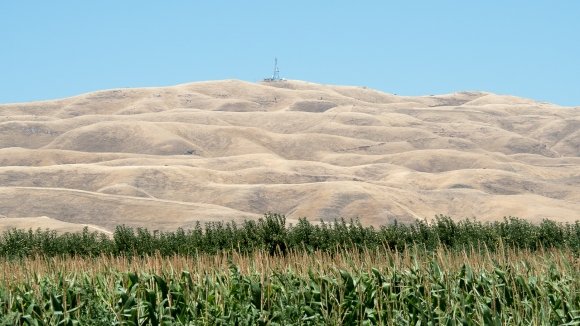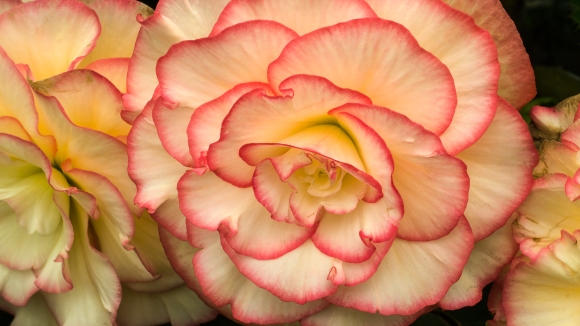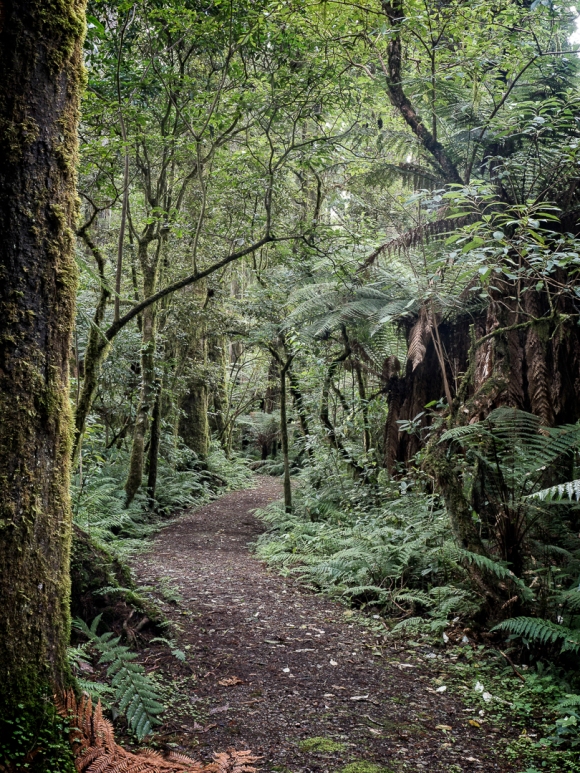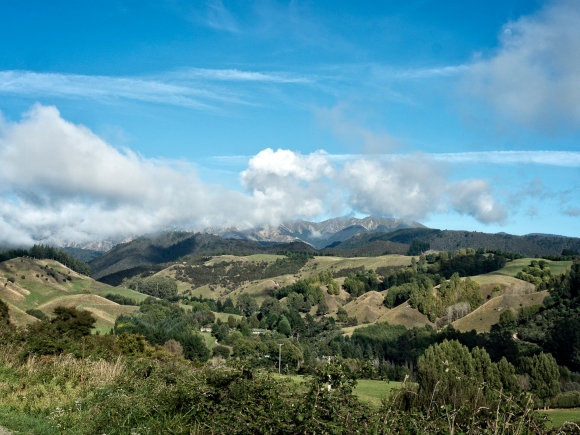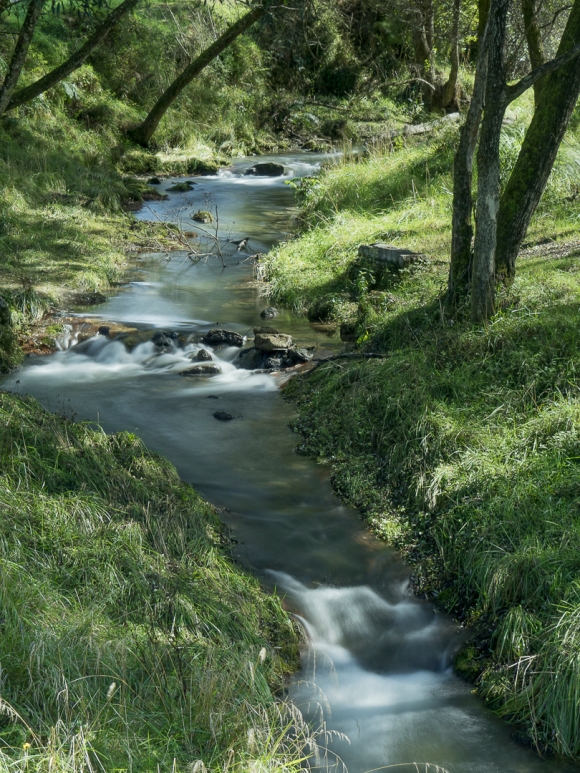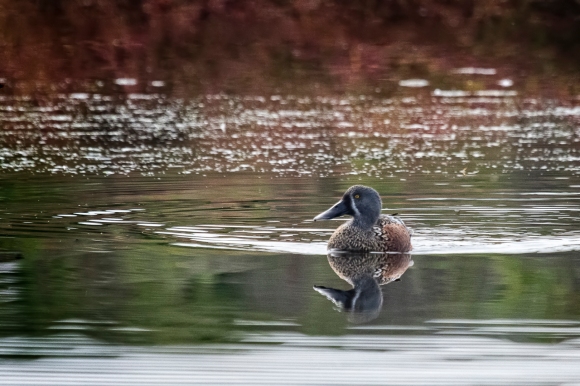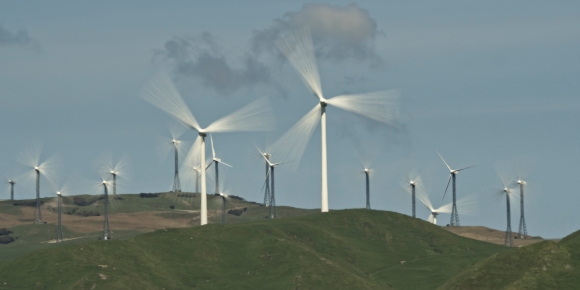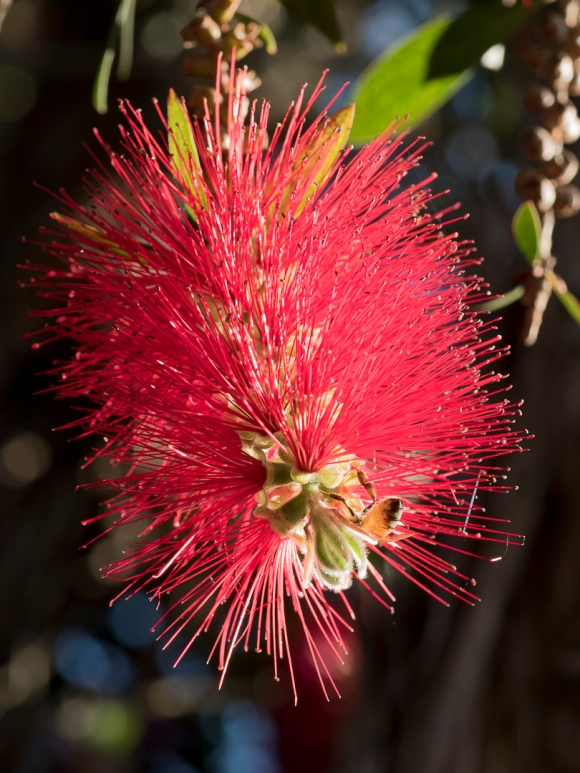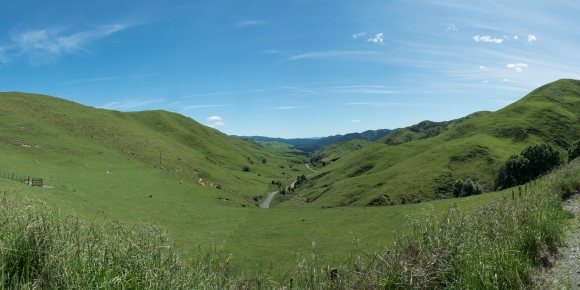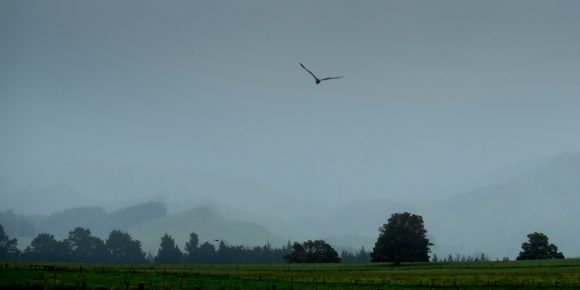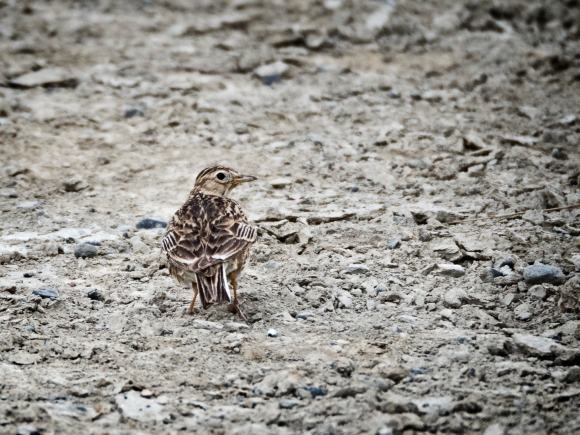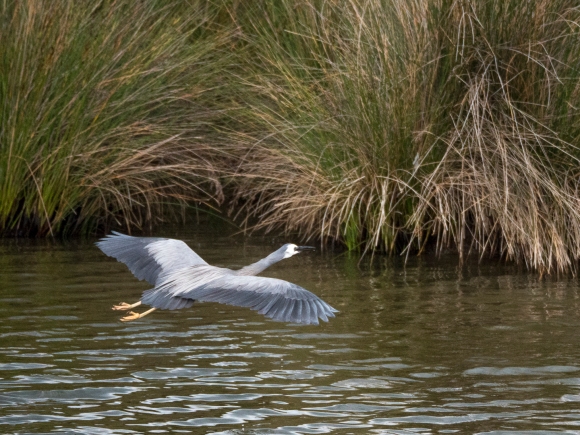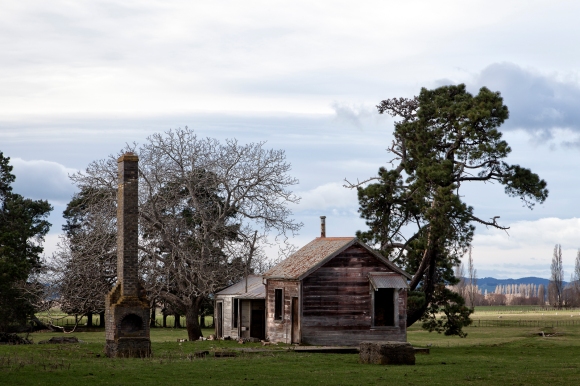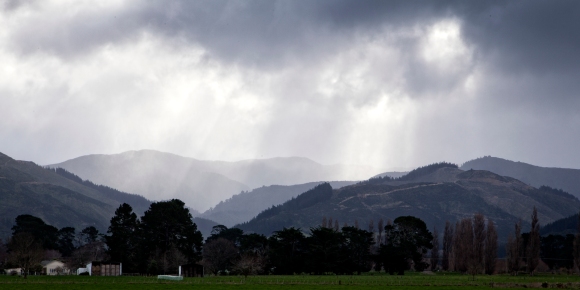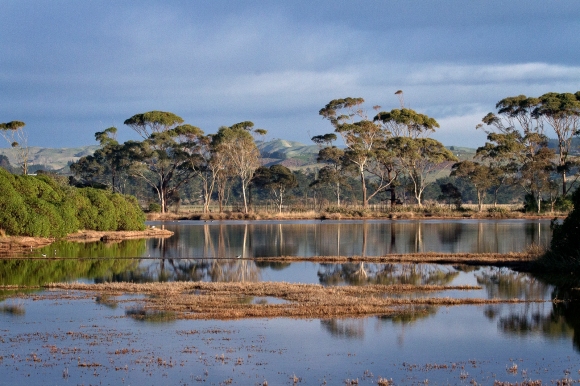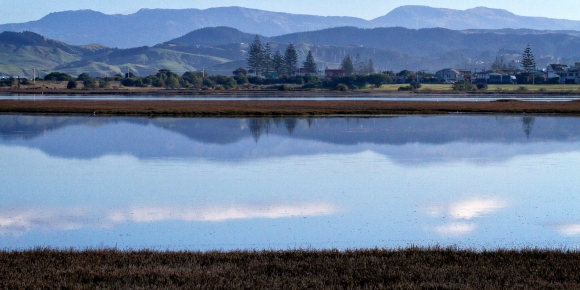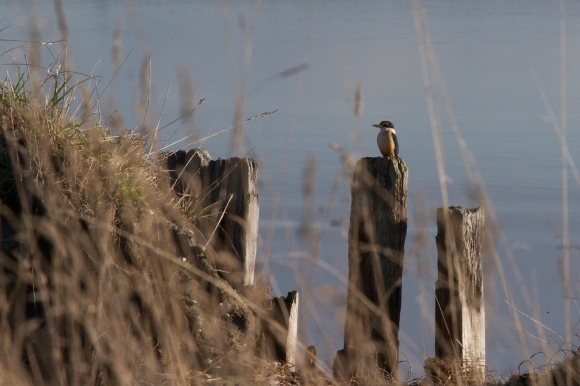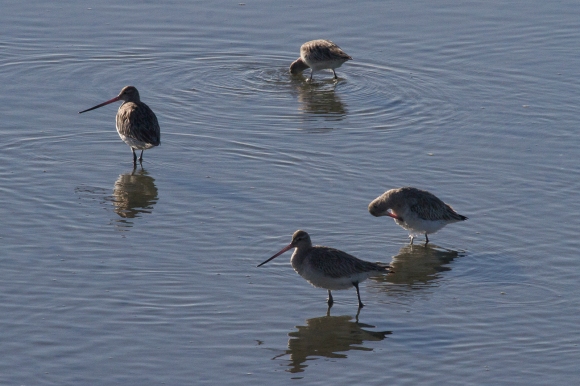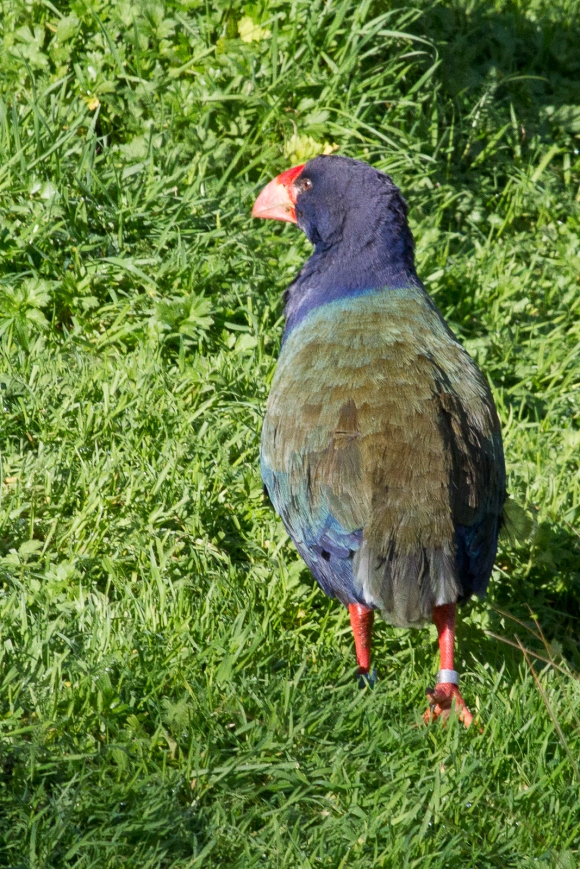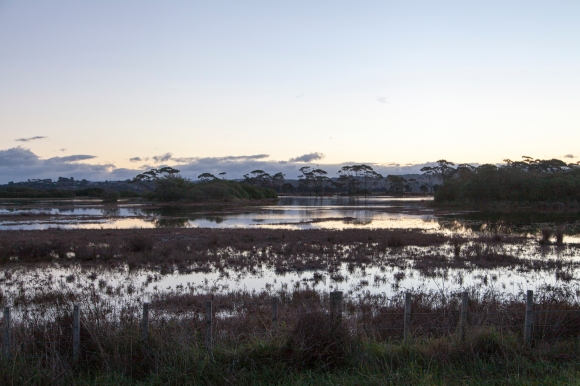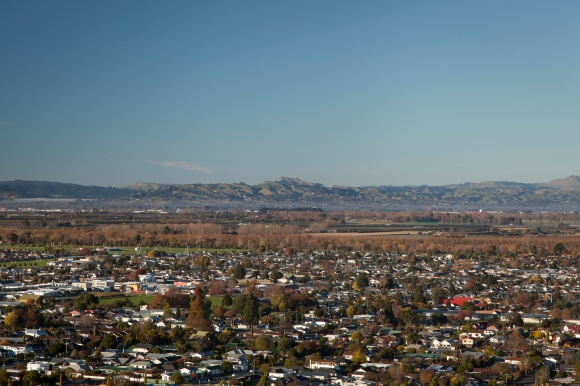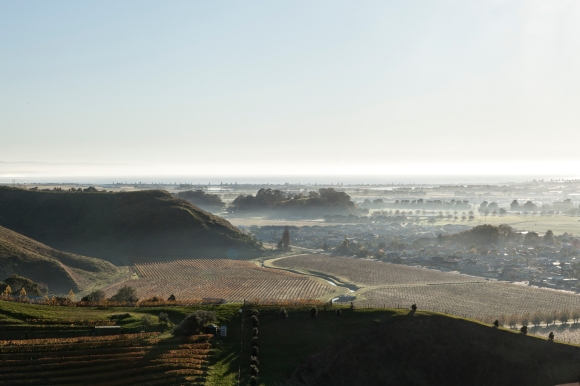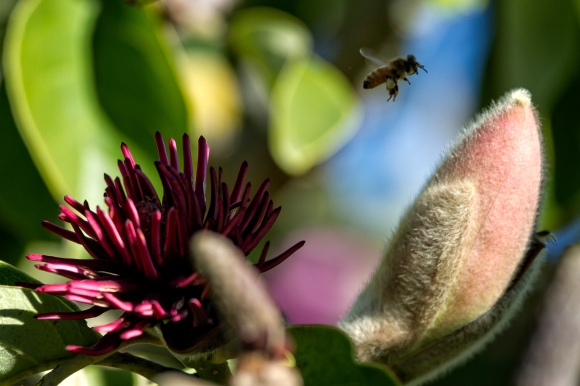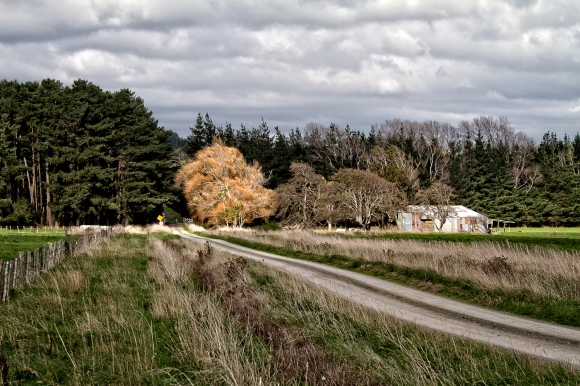Thank you for staying with me. Some of you have been Internet friends since about 1994, and I value your continued company on this ever-changing journey. My presence on the Internet, and then on the Web, has evolved over the years, from its initial purpose of providing home news to disconnected kiwis. It has been through several stages since then and is now a vehicle for the photographic expression of my love for this region, this country, and wherever else I find myself.
If you have been with me for a while, you will know that I am somewhat insecure when it comes to the evaluation of my own skills. This is not false modesty. I know that I make some really nice shots now and then, but I also produce a regrettable number of mediocrities. My journey is about changing the proportions of each. I want more really nice shots.
My challenge each day, is to be a better photographer than I was yesterday. For the sake of clarity, I regard photography as the making of images using whatever tools help me to illustrate the possibility I saw when I picked up the camera. I am an unashamed user of Lightroom and Photoshop to bring my vision to life in print or on the screen. So, 2018, bring it on. Here are some of my first efforts for the year.
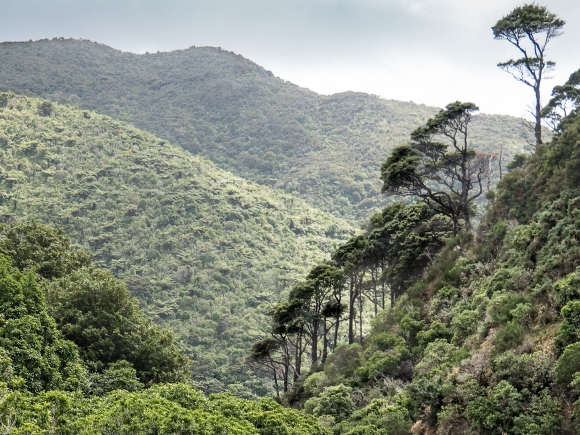
When our family came to Wellington in 1980, the trip across the hill to the Wairarapa was much more challenging than it is now. The old “greasy spoon” cafe and the awful rest-rooms at the summit are long one. The road is now well sealed, and there are safety barriers on all the nasty corners. Only the landscape is unchanged. On the last sharp corner before the road crosses the bridge to head into Featherston, there is an iconic stand of trees that I have long wanted to photograph. However, there is no safe place to stand, and you would need to be on the outside of the Armco barrier at risk of falling into the valley below. On this occasion, Mary was driving, so I would the camera strap around my wrist, adjusted the swivelling rear screen and held the camera out of the window firing as we drove. It’s not the image I envisaged or aspire to, but it’s a start.

A few days later I was wandering the quiet city and found myself in Kelburn where the university campus was closed and quiet. I drove to where I used to park when I was a staff member there, and looked out over the moody city. As you can see the pohutukawa was making its seasonal presence felt.
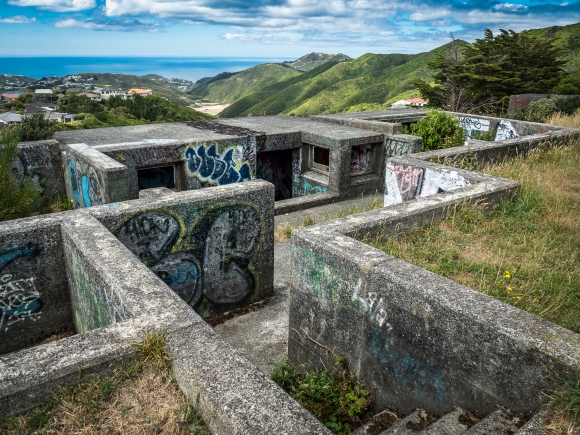
From there I drove up to the wind turbine at Brooklyn and thence down the hill again, pausing at the Polhill Reserve to have a look at the old anti-aircraft gun emplacements. The 109 men who were stationed there at any one time in all weathers from 1942 until the end of the war would probably not comprehend the desire to be there at all, and even less the desire to waste so much paint on the pointless graffiti. And yes, the despite reserving the right to process my images, the sea to the South really was that blue on the day.

On some of the grey days, cabin fever was prevented by some wandering in the direction of the Pauatahanui wildlife reserve. I was in the Forest and Bird hide with not much happening when I realised that the large rock a few metres away had changed shape. It has been a long while since I was this close to a kingfisher, even one as scruffy as this. Nice to see you again, little fellow.

I crossed the road from there to see what was happening in the fresh water ponds. The answer was that there was nothing, not even water there. Where the ponds are normally, found there were moon-craters, cracked and dry. And, in the words of Farley Mowat, “no birds sang”. Trudging back to the car, I caught a glimpse between the slats of the boundary fence of somebody’s “secret garden” (Wow – two literary allusions in one paragraph).
And then it rained.
Didn’t it rain, children?
Talk ’bout rain, oh, my Lord
Didn’t it, didn’t it, didn’t it, oh, my Lord?
Didn’t it rain?*
Though I didn’t go back to the dry ponds, they would surely have been filled, at least temporarily.

Though not exactly forty days and forty nights, it rained quite heavily, and I decided to see if I could catch the experience in a night shot from our front door looking down towards the Seaview oil terminal
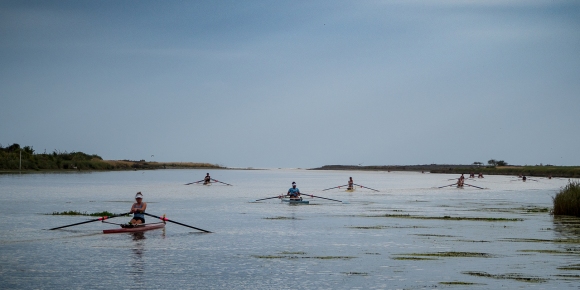
In the weekend just ended, Mary and I went up to Clive, just South of Napier. Some of Mary’s family were having a get together at Te Awanga. It was a joyous occasion with much laughter, good food and great company. Before we went out exploring on the Sunday morning, I strolled the 100 metres or so from our rented accommodation to the banks of the Clive River where there was a rowing regatta under way. The river was still, though somewhat clogged with weed. Down at the river mouth, heavy swells after the recent storm could be seen crashing on the bar, but I loved the steady procession of rowers moving steadily down the river to the start line. Though the racing shells would be wildly impractical in that situation, their purposeful passage looked like a latter-day Dunkirk.

My brother-in-law, Gerard later took us to a place along the beach where the was a significant nesting site of shore-birds. There were white-fronted terns, pied stilts, banded dotterels and New Zealand dotterels. The dotterels are very hard to see on the rocky shore but the terns and stilts were more visible. A recent storm had disrupted the season and many eggs were washed away, according to a birder I met. There were juveniles aplenty, squawking loudly and demanding ever more fish. I felt for the term parents who would dash in at high speed from the sea with a fresh fish and attempt to get the youngster to swallow it before the marauding red-billed gulls could snatch it mid-transfer.

Homeward bound the next day, I had to pause just South of Hastings to record the latest stage of the slow and inevitable decay of an old house. I have shot this house many times and perhaps even shown it in this blog. Last time I was there, there was a blackberry thicket at the rear. It has been cleared, and perhaps that has allowed the house to lean gently inwards towards the earth.

Yesterday was a moody sort of day in the Capital and I went up the hill to the entrance to the Horokiwi quarry and from there caught the wide view of the Eastern side of the harbour, The island to the left is Matiu/Somes and the hill to the right is the Miramar peninsula.
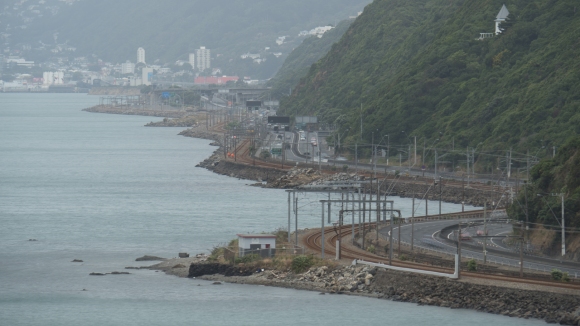
From the same spot, looking ninety degrees to the right, the winding path that carries road and rail between Wellington and the Hutt Valley shows just how vulnerable that vital link would be in the event of an earthquake like the Kaikoura one last year.
- “Didn’t it rain” is a Negro Spiritual, according to Wikipedia, that long predates Mahalia Jackson’s version
